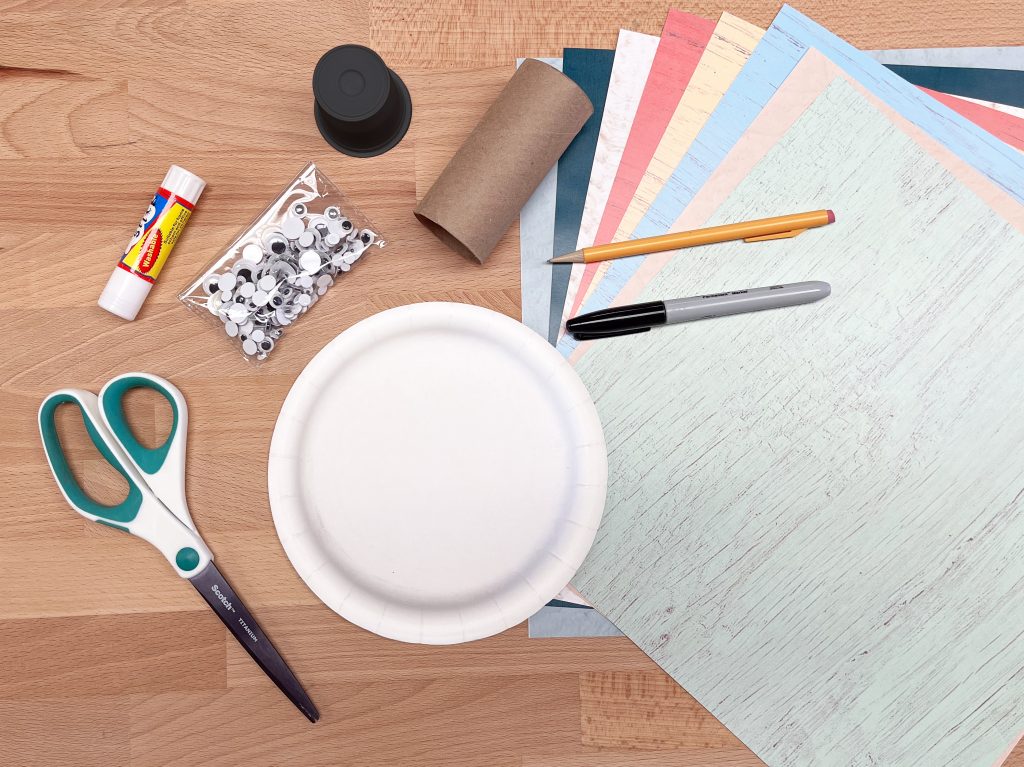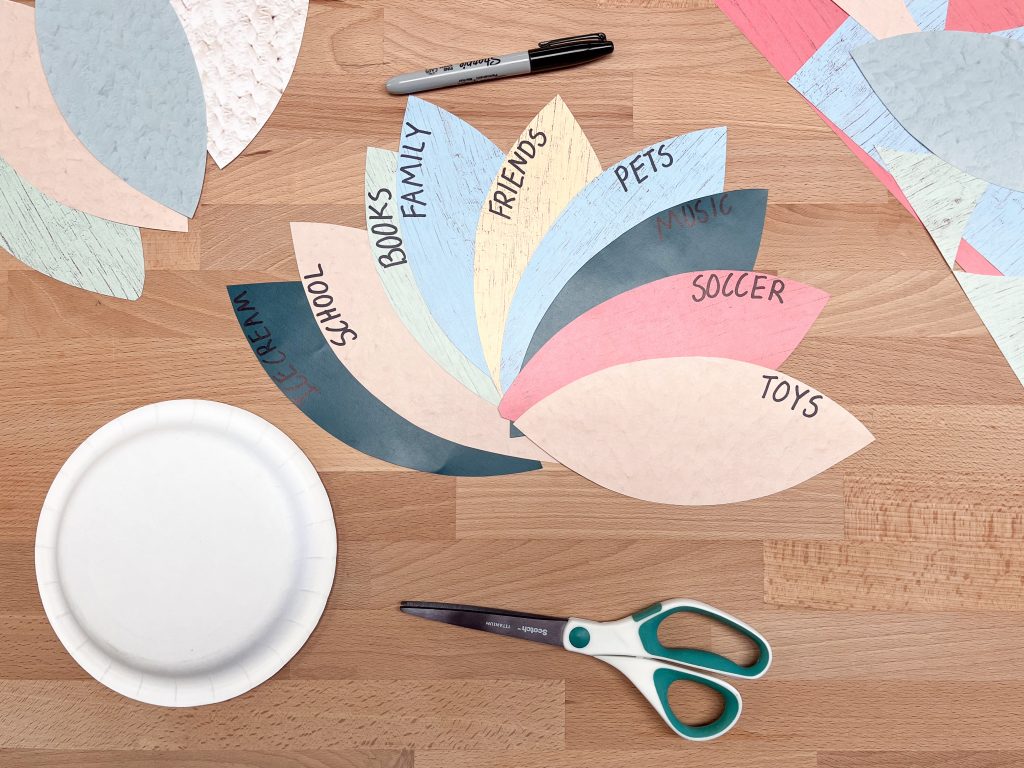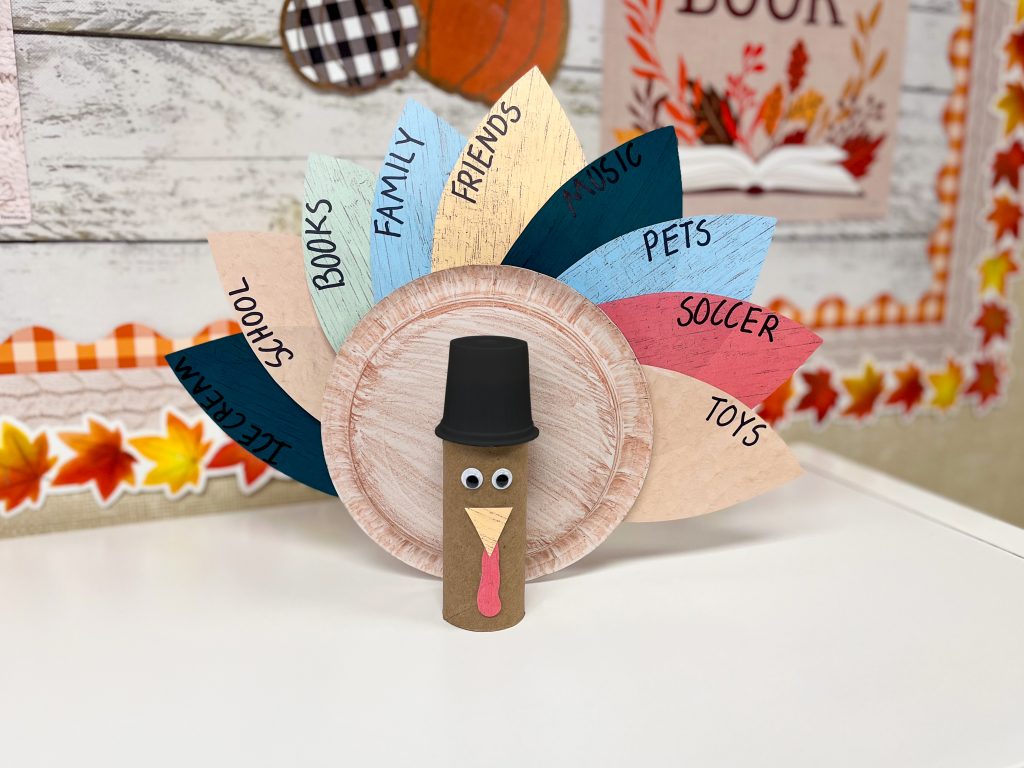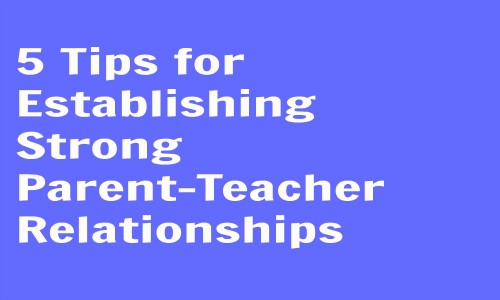Thanksgiving provides us with a great excuse to sit on the couch all day, overeat, and maybe catch a game or two (or a parade!), but it’s also the perfect time to stop and reflect on the things in our lives that we’re most thankful for.
As much as I enjoy the holiday, our house never gets the attention it deserves for Thanksgiving. We’re usually too exhausted from taking down the Halloween decorations and busy making plans and space for the soon-to-be Christmas explosion that besieges our house annually. We do, however, have a couple of turkey-themed decorations that make it onto our walls and shelves in November; and our hands-down favorite is a turkey our daughter made in the first grade. She’s off at college now, but her “Giving Thanks” Turkey still lives at home on our mantle above the fireplace. It’s not a complicated craft, or even all that original, but it’s a reminder to all of us to stop and be thankful for the blessings in our lives. Like my daughter almost 14 years ago, I’m very grateful for my family, my health, my friends, ice cream, and my toys.
I encourage you to create your own “Giving Thanks” Turkey with your students. It’s a fun snapshot of a moment in time, and hopefully something that will find a place on a shelf in their own home one day.

This craft only requires a few materials (shown above):
Materials
- precut “feathers” made from construction paper of various colors
- paper plates (orange plates look great, or you can use white and have students color them any color they want)
- toilet paper rolls
- googly eyes
- small plastic or paper cups (3-ounce cups work great)
- construction paper scraps for beaks and wattles

Procedure
- I always think it’s best to start an activity like this with a group discussion about what it means to be thankful and why we should be thankful for certain things and people in our lives. It’s surprising how many young students have never been asked to stop and reflect on this.
- Often, it helps to create a classroom list of all the suggestions. A list will help to get the wheels turning and help with spelling.
- Allow each student to choose nine feathers. On each feather they should write one thing that they are thankful for.
- Demonstrate how to attach the feathers to the “top” of a paper plate (the final turkey will have the bottom of the plate facing forward). Start with the top feather (in the 12:00 position). Glue works best, but a stapler could be used. Add two more feathers (in the 11:00 and 1:00 positions) so that the turkey looks even and balanced. Continue to add the remaining 6 feathers, taking care to leave the bottom third of the plate featherless.
- If necessary, color the toilet paper roll, and then glue it to the bottom of the plate. If you’re able to fit a stapler inside the toilet paper roll, a staple or two really helps to secure the two pieces together. The turkey should now be able to stand on its own.
Cut out a beak and wattle and, along with two googly eyes, glue everything in place. Add the cup to the turkey’s head for the final pièce de résistance. You can also make the hat out of construction paper if you’re feeling extra crafty.

We have found that we sometimes need to place a little tape on the back of the turkey to keep it from leaping off our mantle, but attaching a weight inside the base of the toilet paper roll would more than likely produce similar results.
Happy crafting. We hope this activity generates some important conversations in your classroom and some fun “Giving Thanks” Turkeys for your students to share with their families.
Happy Thanksgiving.

